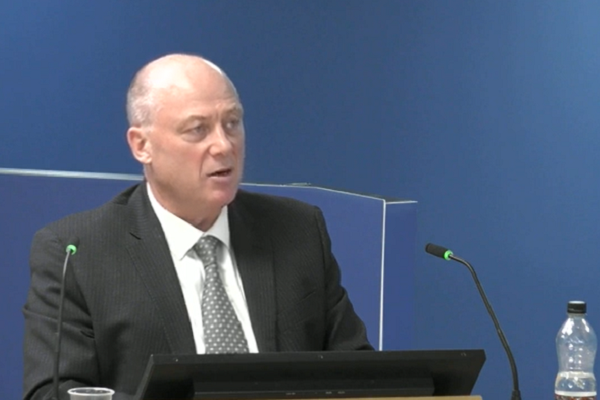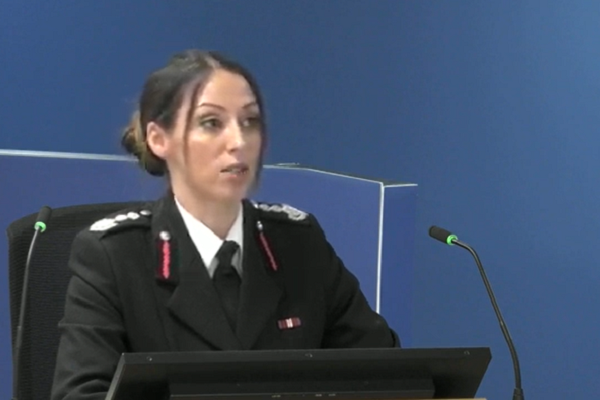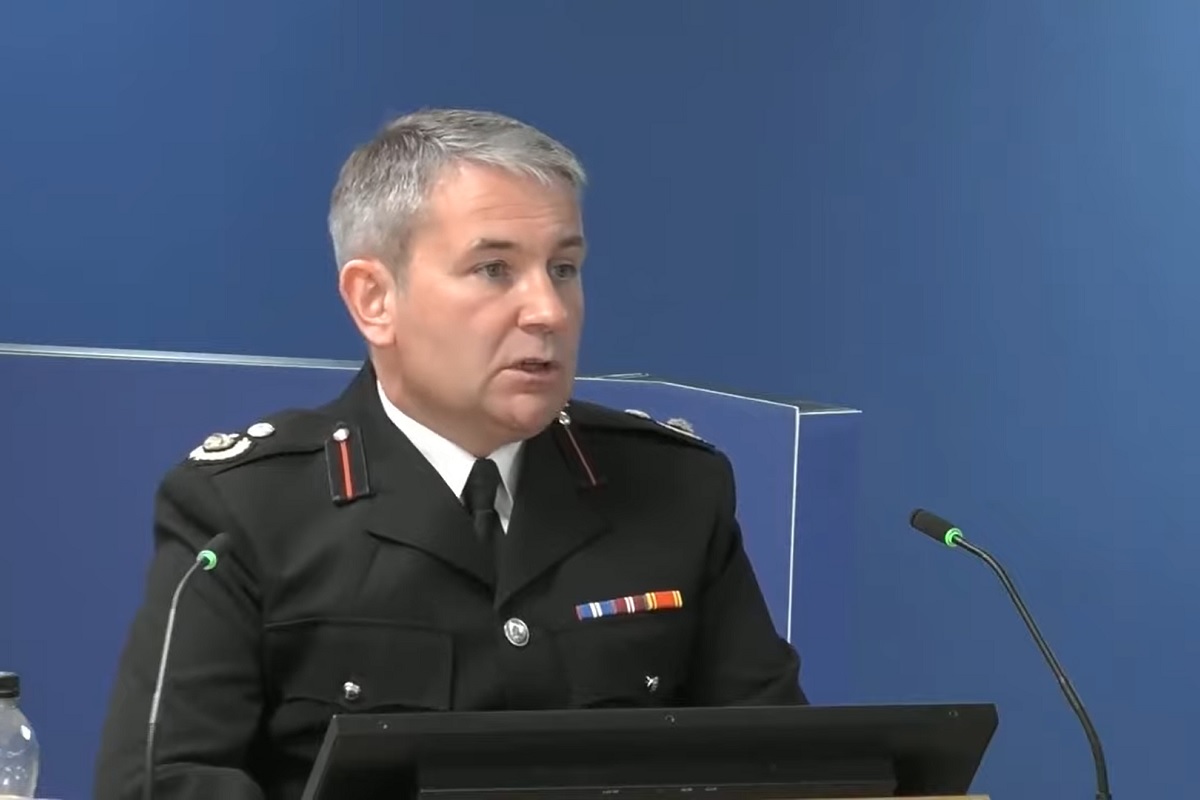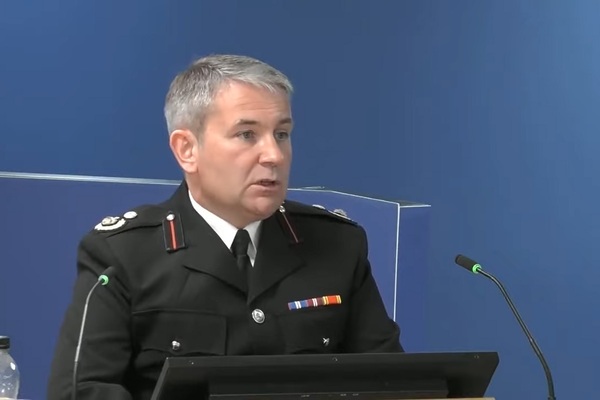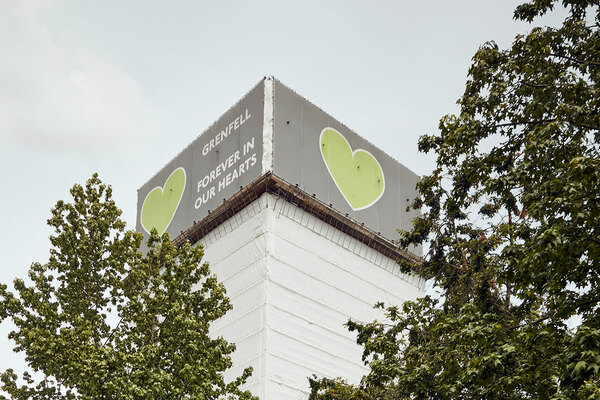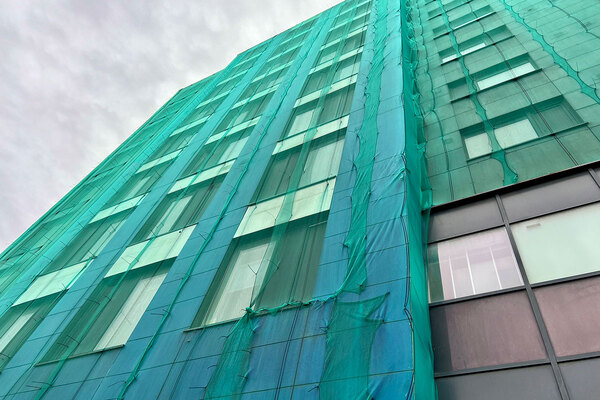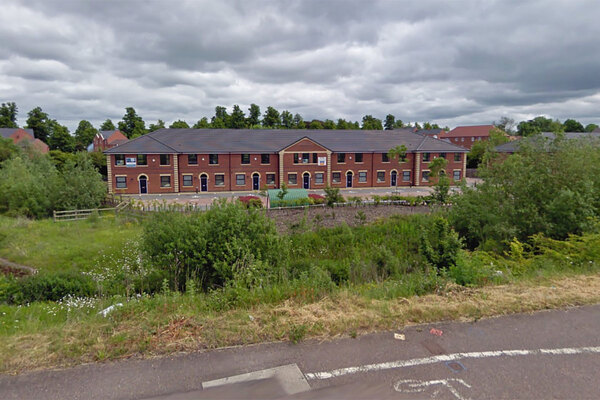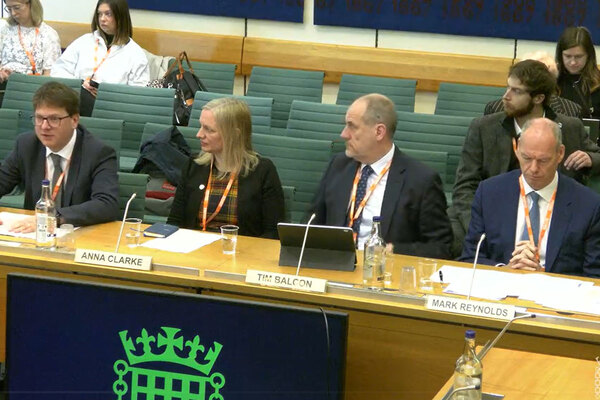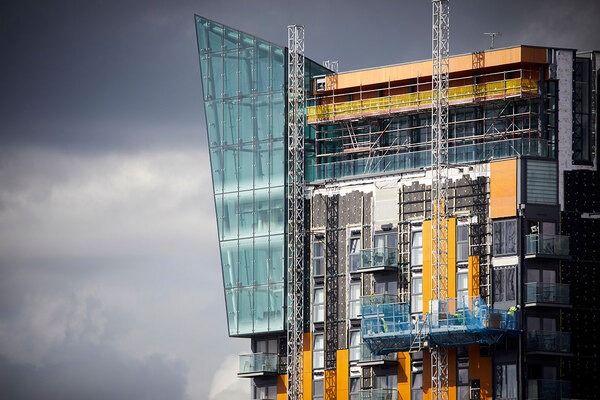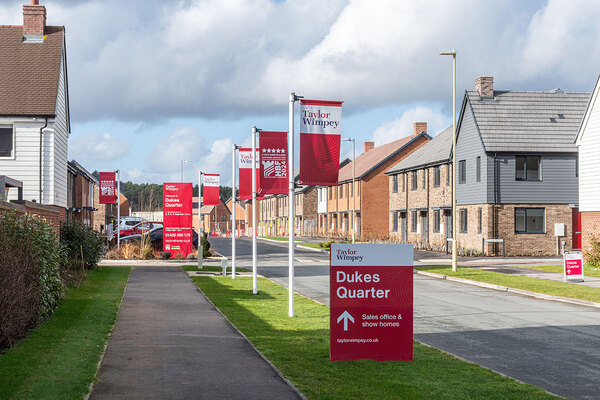Internal LFB report warned of ‘sub-standard’ entries to building database four years before Grenfell
An internal review of a London Fire Brigade (LFB) database of high-risk buildings four years before Grenfell revealed a number of “sub-standard” entries that it linked to a “lack of competency… at all levels of the process”.
The inquiry has already concluded that the information recorded for Grenfell Tower on the LFB’s ‘operational risk database’ was “woefully inadequate”.
The first phase of the inquiry found that it included no plans of the building, no photos beyond a small aerial shot, the wrong number of floors, and a box titled ‘tactical plan’ left empty and dated October 2009.
This information was what all crews attending the fire had to base their operation on.
David Brown, former director of operations at the LFB, was grilled today about the brigade’s process for inspecting buildings and recording its findings on this database, particularly in the aftermath of the Lakanal House fire, which killed six people in 2009, and the subsequent coroner’s inquest, which recommended improvements to this process.
In autumn 2013, John Elwell, a borough commander in Kingston, was asked to produce a review of the current system, which included checking the adequacy of some 7,000 entries in the database.
His report in December 2013 concluded that “a number of sub-standard entries were found” and said this related to “poor understanding of the rationale and a lack of competency… in recording relevant risk across all levels of the process”.
“Was that reference to sub-standard [database] entries any cause of concern for you?” asked counsel to the inquiry Andrew Kinnier QC.
“Yes, absolutely, of course,” replied Mr Brown. “I don’t want to overplay sub-standard entries but in my view one sub-standard entry is one too many, we can have no flexibility on this.”
He said that by this point the brigade was already rolling out new training and policies to address this issue.
Showing him the entry for Grenfell Tower, Mr Kinnier asked him whether this entry was “typical of the quality of [database] entries generally”.
“No,” replied Mr Brown. “This entry on Grenfell is clearly poor and wrong and when I found out about this, yes, it was something that I reflected on, and thought how could this happen?”
Earlier, the inquiry saw a report from February 2013, which formed part of the brigade’s response to the Lakanal House fire, and committed to carrying out an an audit to review the consistency with which stations were identifying buildings and adding them to this database.
But in an email sent in December 2017 – almost five years later and six months after the Grenfell Tower fire – a senior officer asked then-commissioner Dany Cotton if she remembered it being carried out, noting that he had “no recollection of it”.
Ms Cotton responded: “No, I don’t think I’ve ever seen this before and Dave Brown would definitely not have allowed us to do this!”
Mr Kinnier asked: “The language of that email chain is clear and it suggests the recommended audit was never carried out. Now is that right?”
Mr Brown replied: “I don’t believe the audit review by operational assurance [a different LFB department from the one he led] was ever carried out.”
But he explained that audits were carried out by members of his team annually from 2014 onwards, which would have covered this issue.
“I know that my service data support officers did regularly audit on an annual basis a range of issues and this would have been one of them. What I’m not suggesting is I then went forward and said, ‘Hi, that particular action in this action plan we can take that one off now because I’ve dealt with it’. I never said that. I never did that. That was for operational assurance to do,” he said.
Asked about Ms Cotton’s comment that he would “not have allowed us to do this”, Mr Brown added: “That’s a really disappointing comment to read… I worked closely with operational assurance, who did lots of audits… without anything other than full co-operation for me so I’ve got no idea why Dany would have suggested such a thing.”
Earlier, he was asked about data which suggested that only 1,700 high-rise buildings were present on the database by October 2017, despite there being around 6,900 in the capital.
“Would it be a source of concern to you that more than 5,000 high-rise properties were not on the [database] and would therefore not be subject to [scheduled visits from firefighters]?” Mr Kinnier asked.
“Absolutely, and it was a concern of mine when I was in post. It was one of many things that we were trying to improve,” replied Mr Brown. “I also want to alert the inquiry to the fact that we had a real challenge… in finding out exactly how many high rises there were in London.
“We did an awful lot of work in trying to actually determine that – talking to local authorities, housing providers – and we could never get a complete straight answer, so we were never entirely sure how far we were away from achieving our objective.”
Earlier, he had explained that when officers inspected a block they would give the building a risk score that determined the frequency of future visits, with buildings that scored below 150 excluded from the database.
But he said this process should have resulted in the vast majority of high-rise residential buildings being included.
The inquiry continues with further evidence from Mr Brown tomorrow.
Sign up for our weekly Grenfell Inquiry newsletter
Each week we send out a newsletter rounding up the key news from the Grenfell Inquiry, along with the headlines from the week
Already have an account? Click here to manage your newsletters
